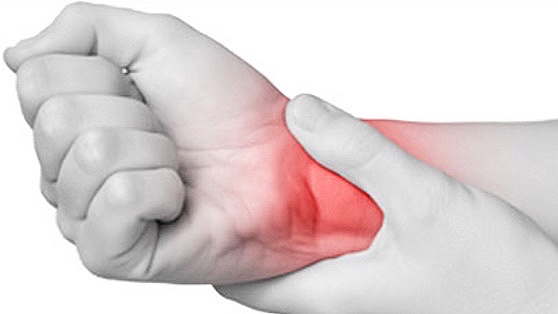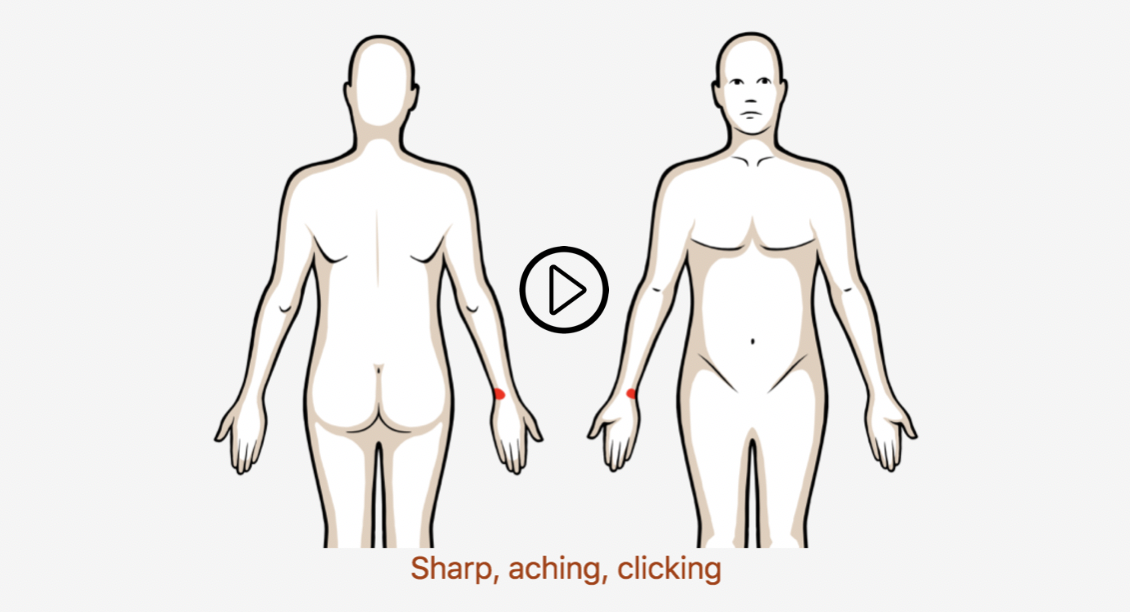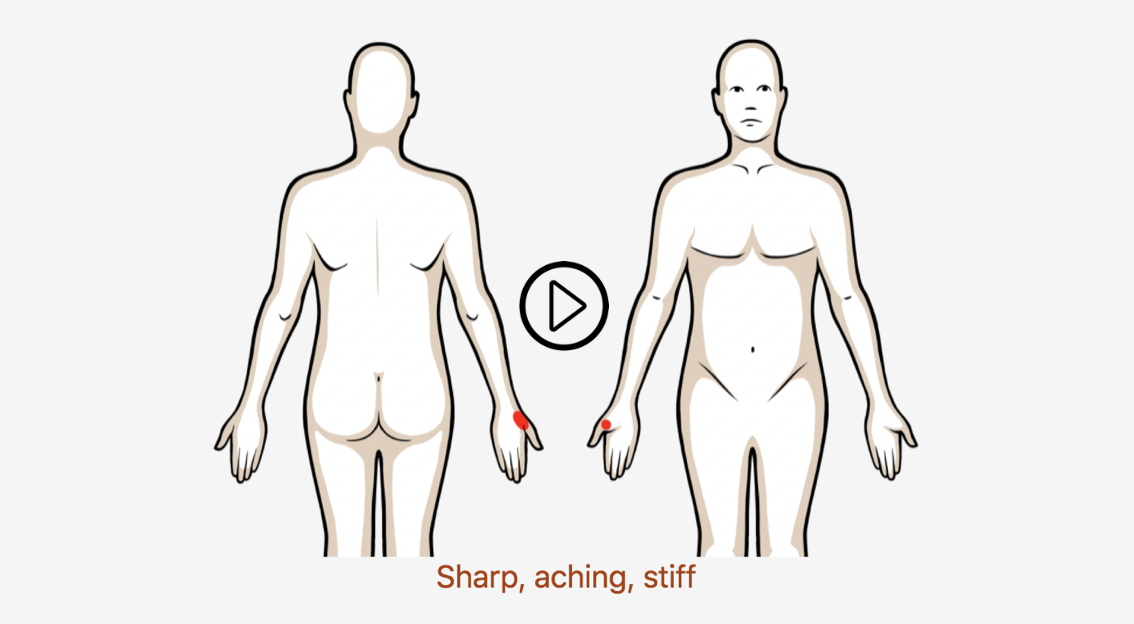Pelvic Girdle Mobility Deficits
Various pathoanatomic and/or kinesiopathologic reasons exist for unilateral lower back/buttock pain; however, if a patient presents to clinic after sustaining a fall onto the buttock, abrupt misstep on a straight leg, or becoming pregnant, the sacroiliac joint (SIJ) may be the culprit! For more clinical findings click here!
Anatomy
Image via Complete Anatomy by 3D4 Medical
Key Finding
Assessment of pelvic girdle alignment can help the clinician discover obliquities, which may be contributing to patient symptomology. (Click image to watch 1-2 minute video)
Special Test
The posterior pelvic pain provocation test (P4) is part of a cluster of examinations that can help the clinician rule in or rule out SIJ pathology! (Click image to watch 1-2 minute video)
Treatment
If hypomobility of the SIJ is a contributing factor to patient symptomology, regional manipulation can help improve mobility and potentially stimulate under-active musculature while gaiting pain! (Click image to watch 1-2 minute video)
Therapeutic Exercise
After optimal pelvic alignment has been attained, it is important to promote continued stability via force closure utilizing muscles such has the hip abductors and adductors! (Click image to watch 1-2 minute video)


















